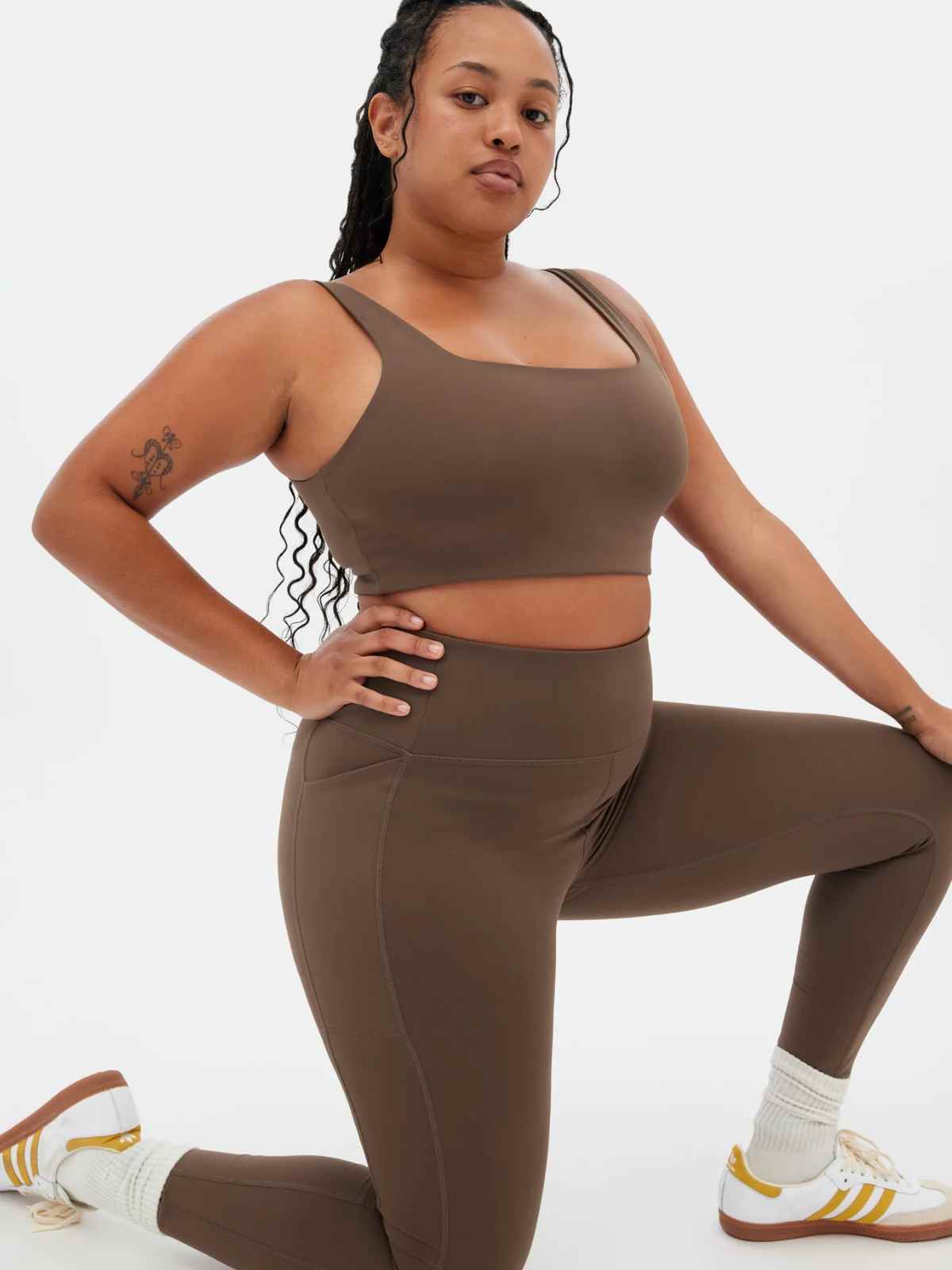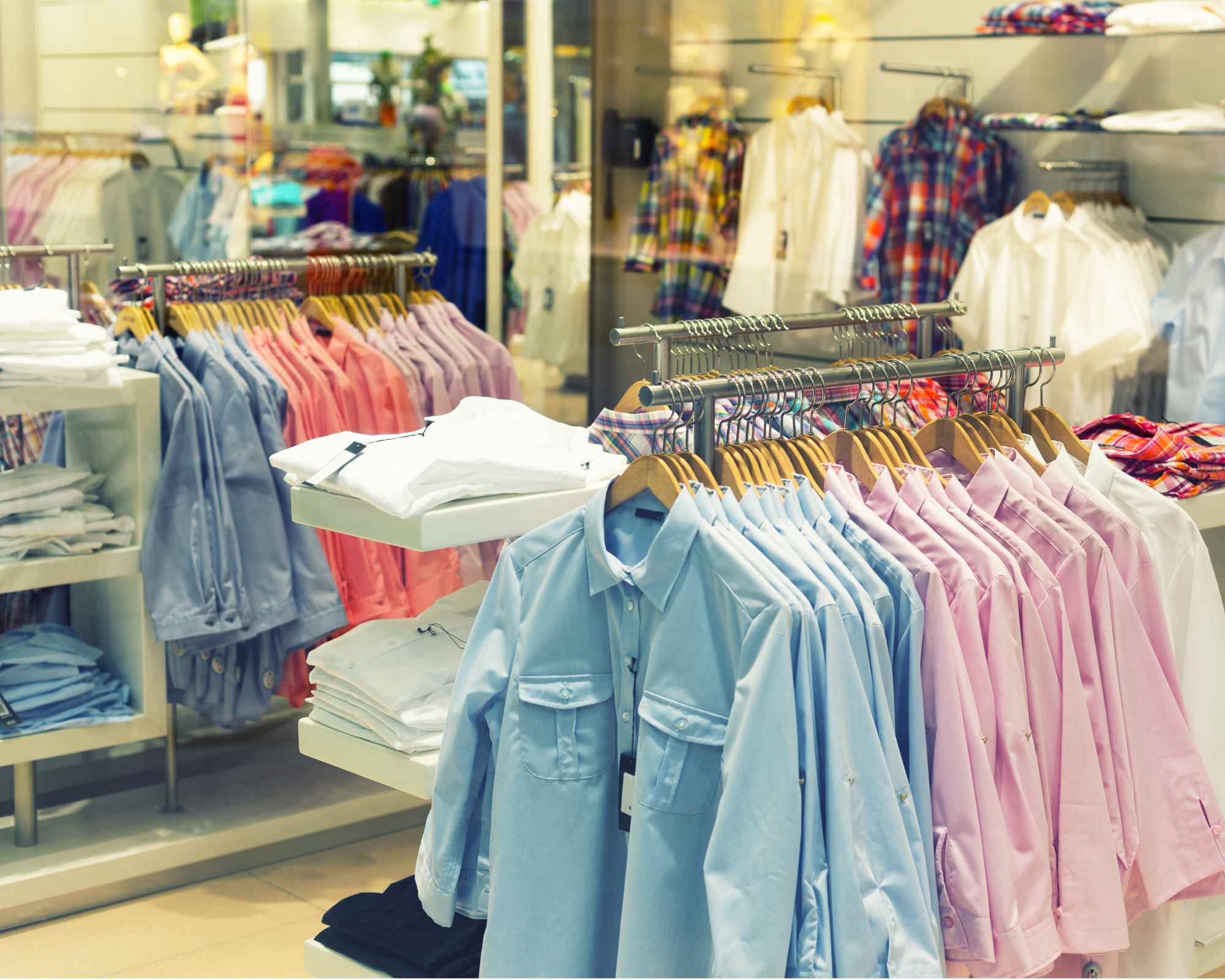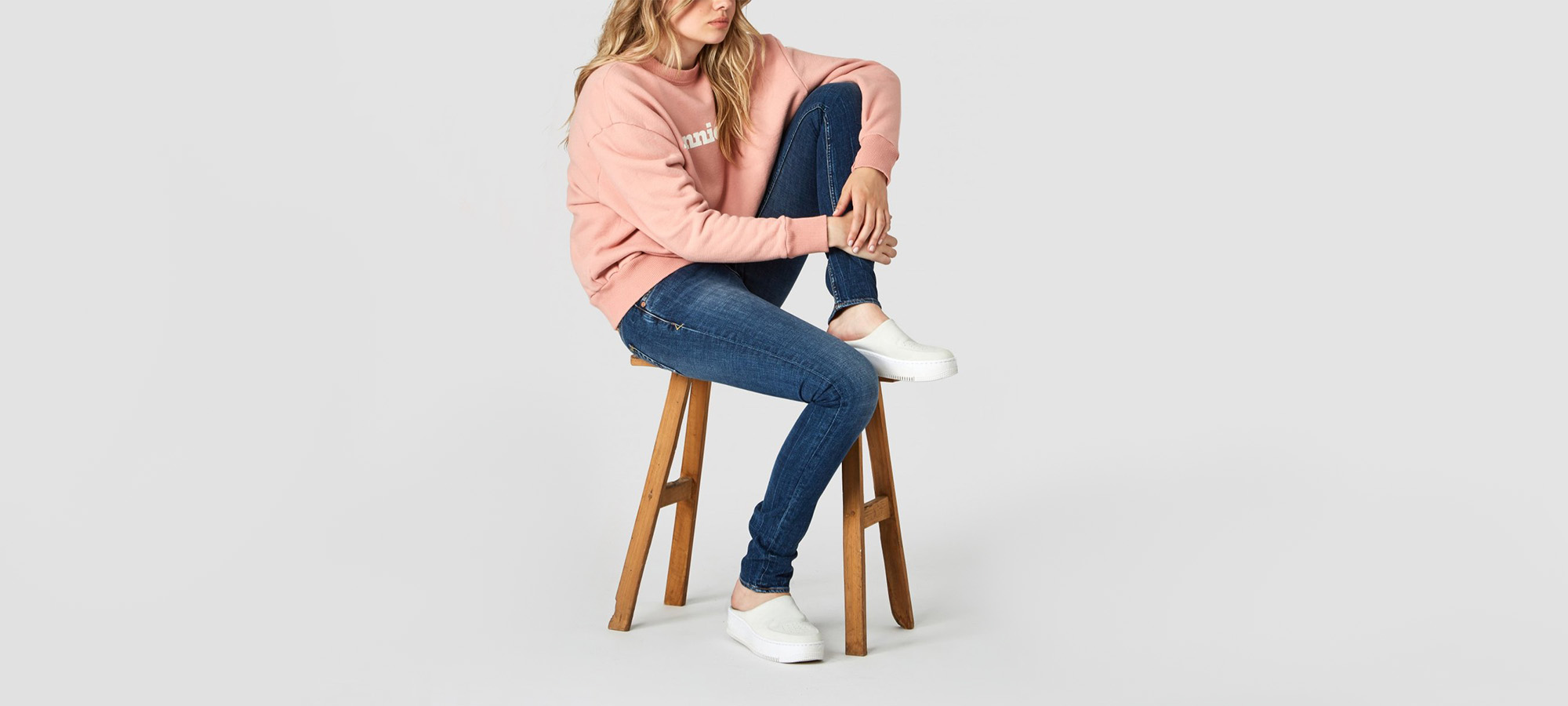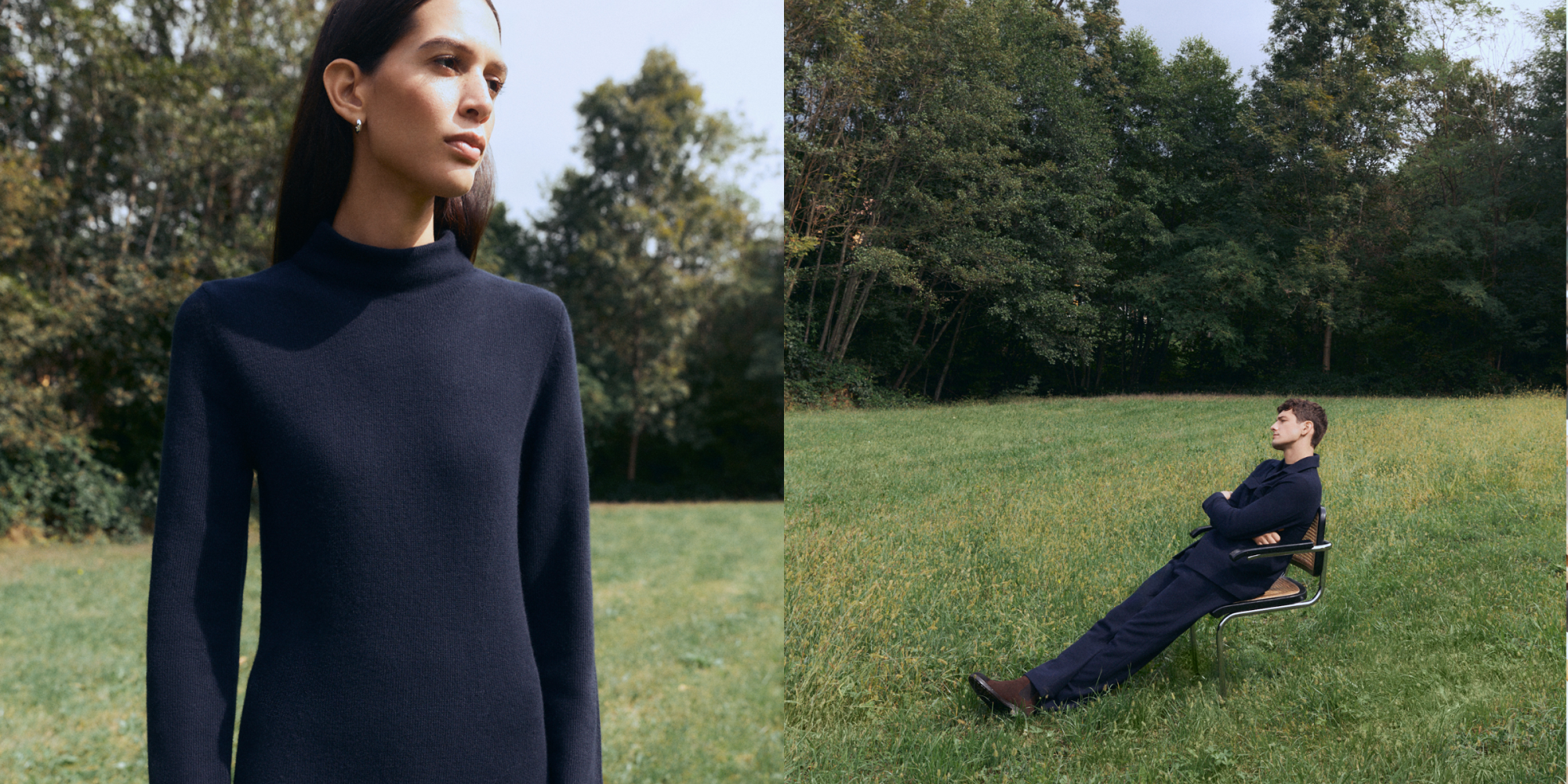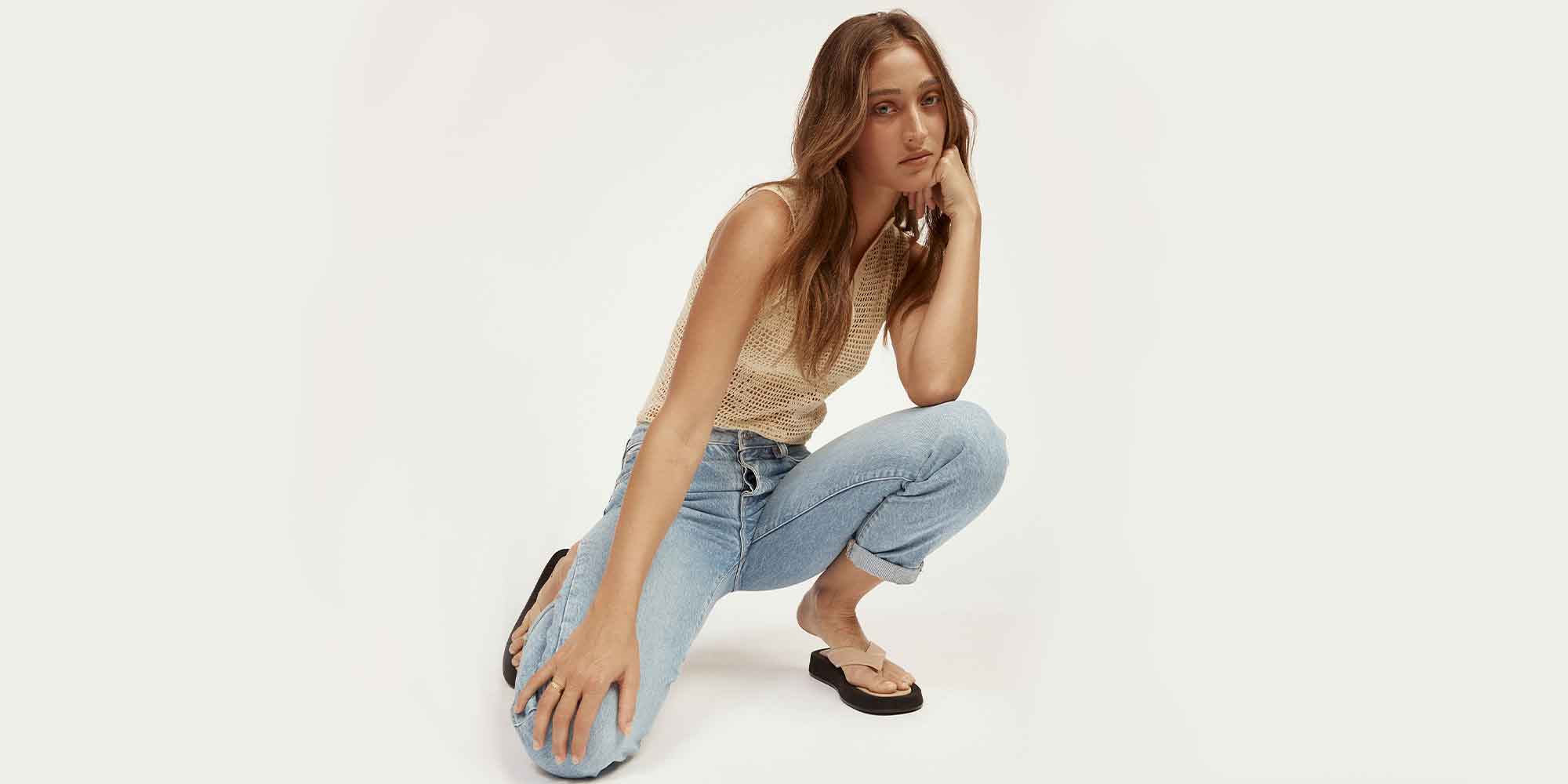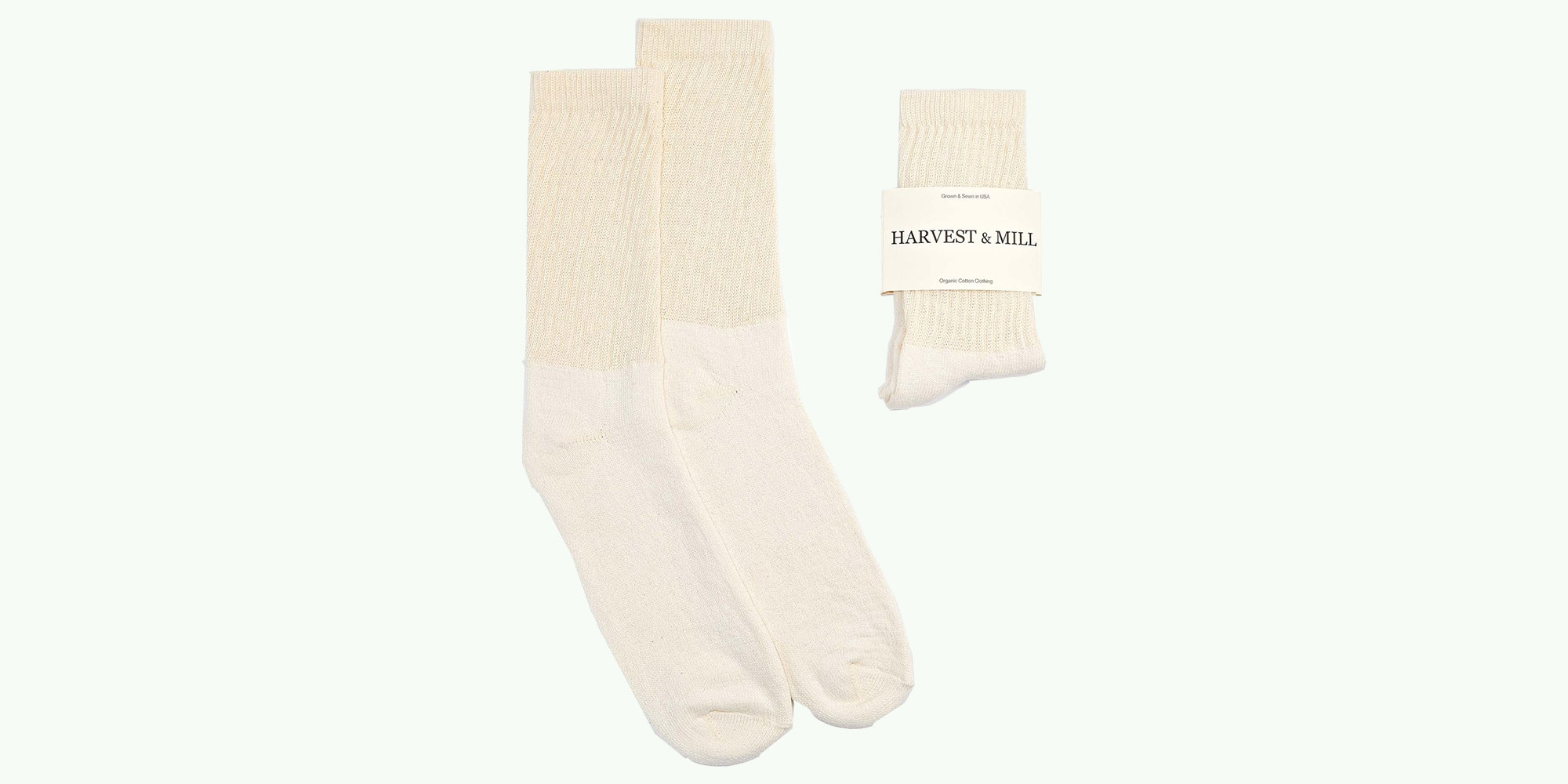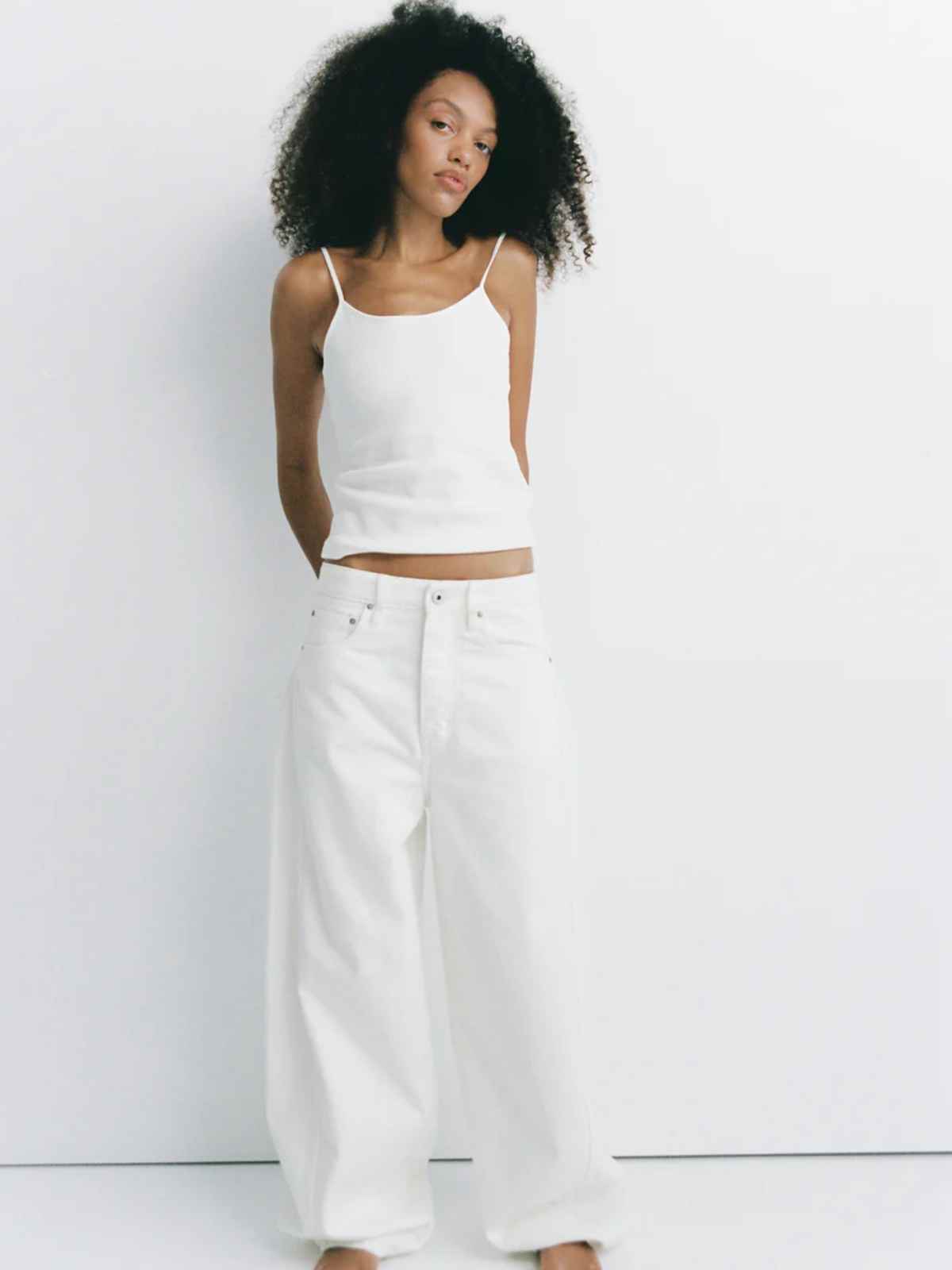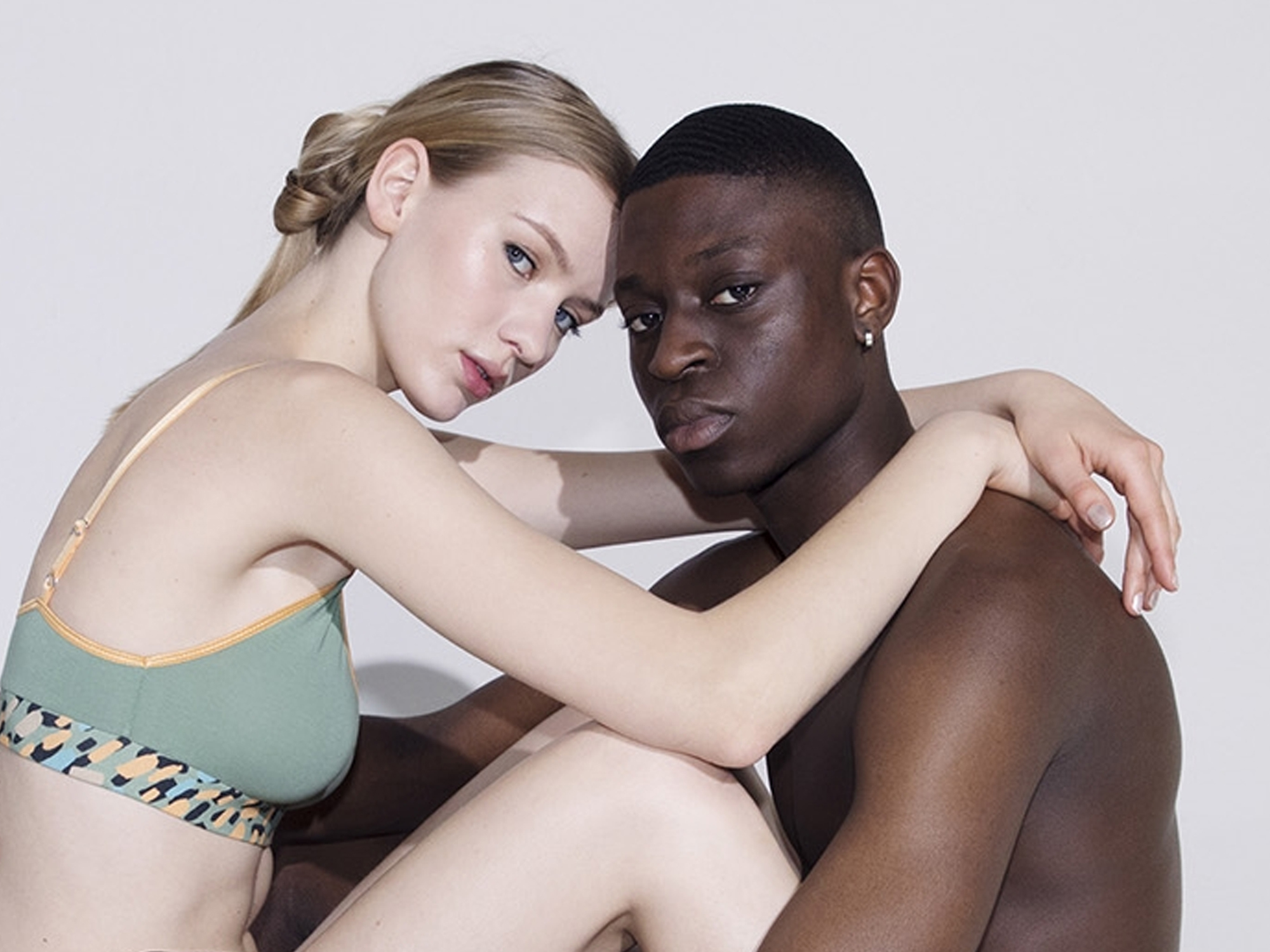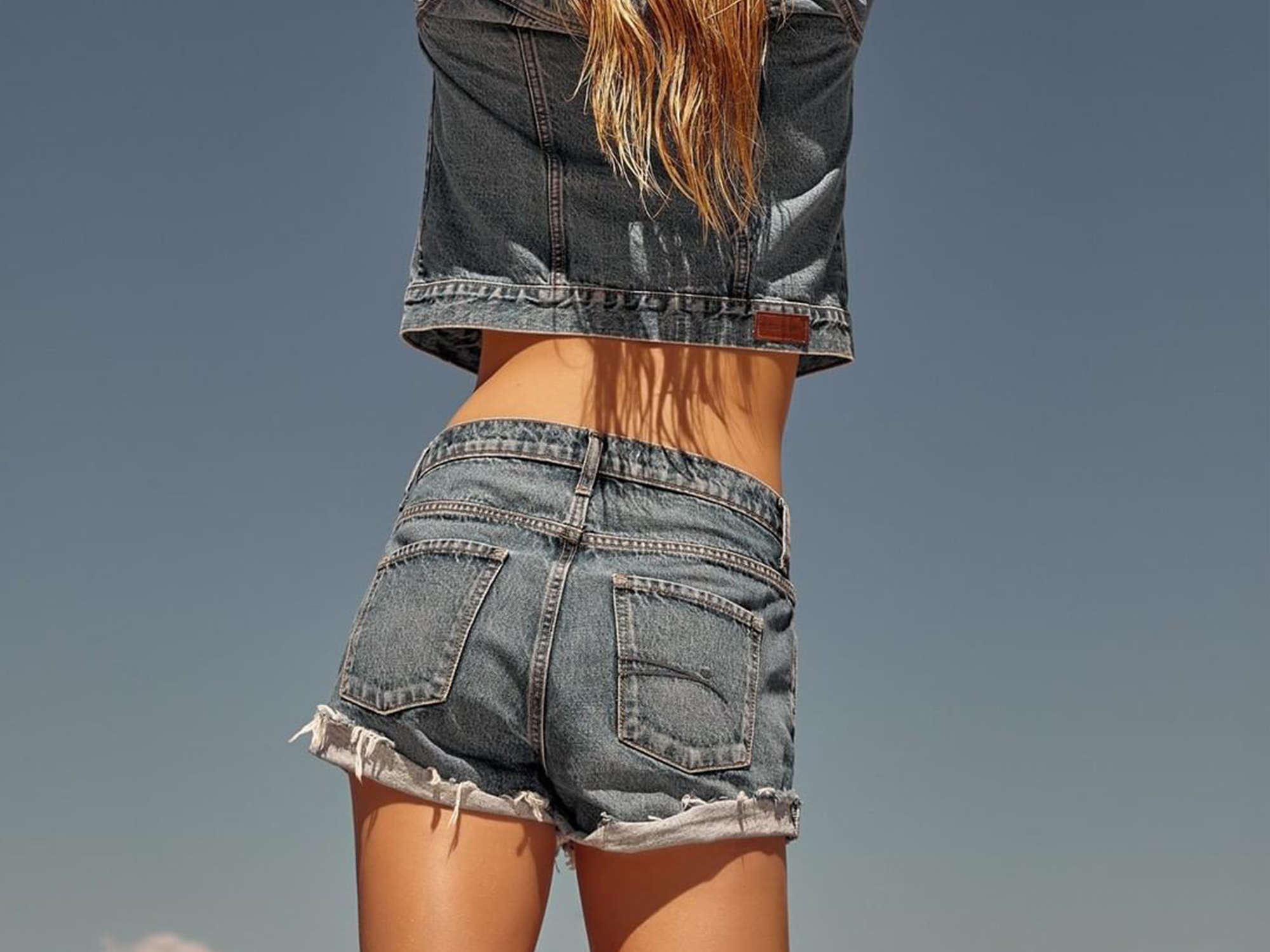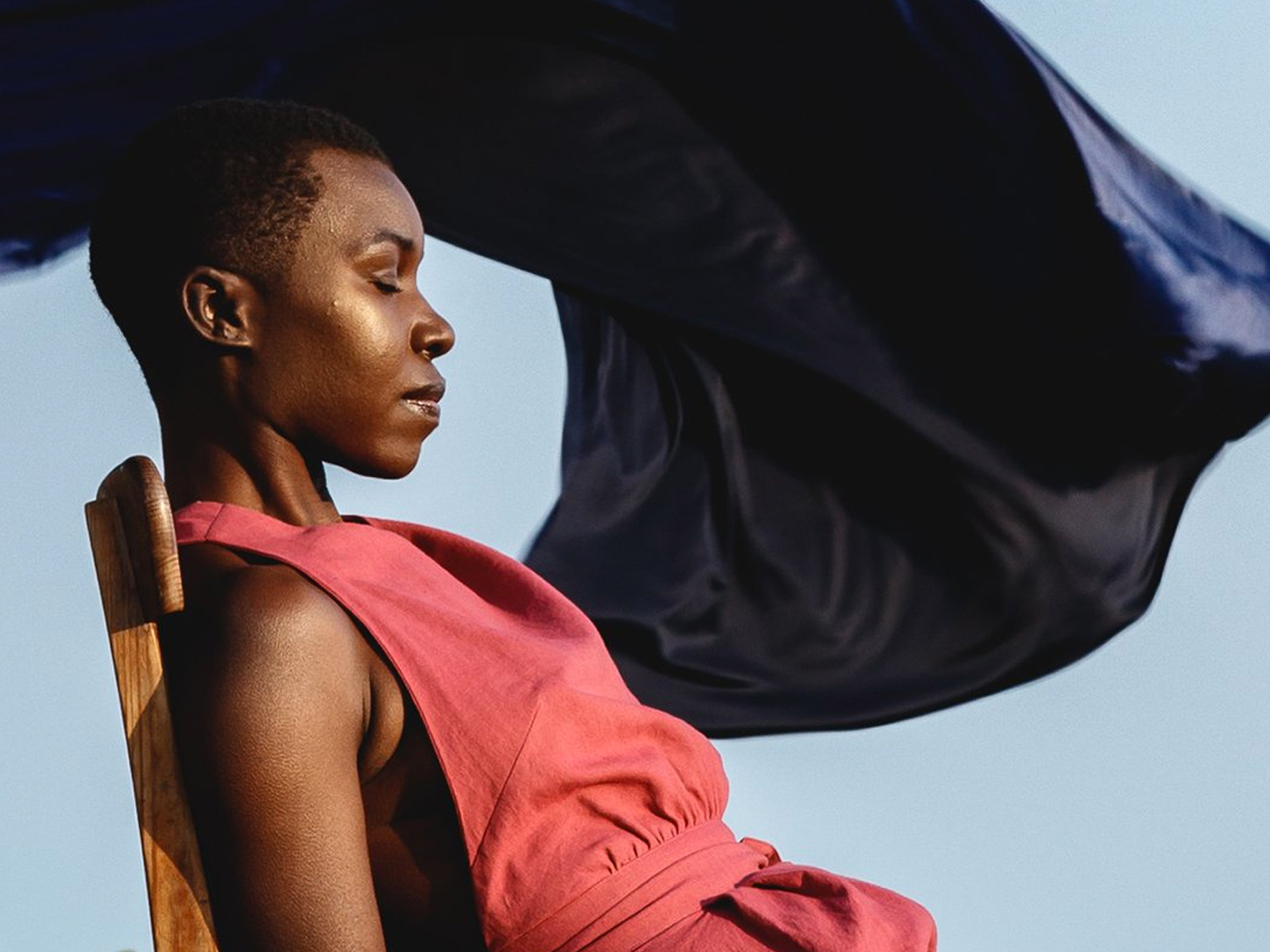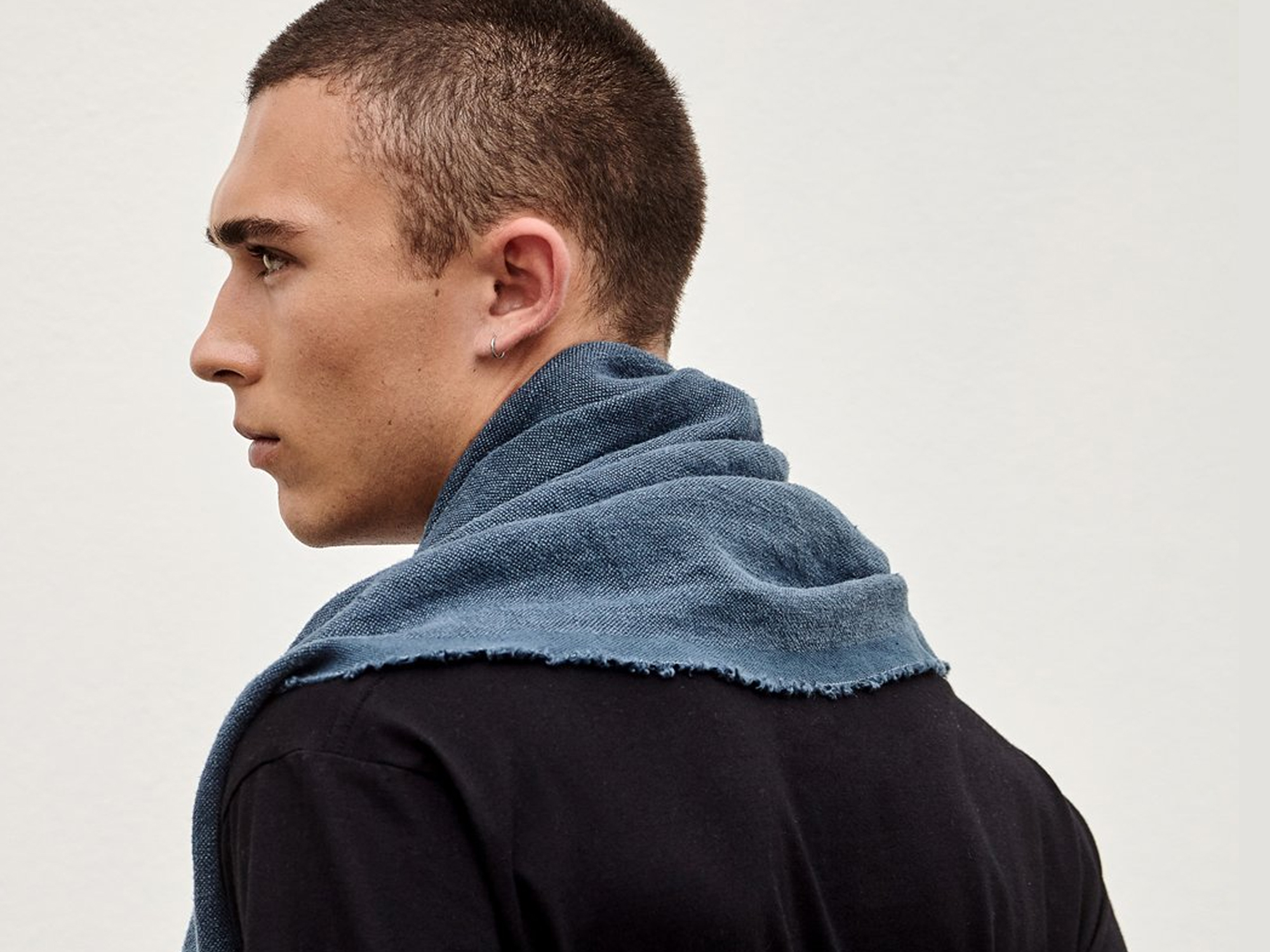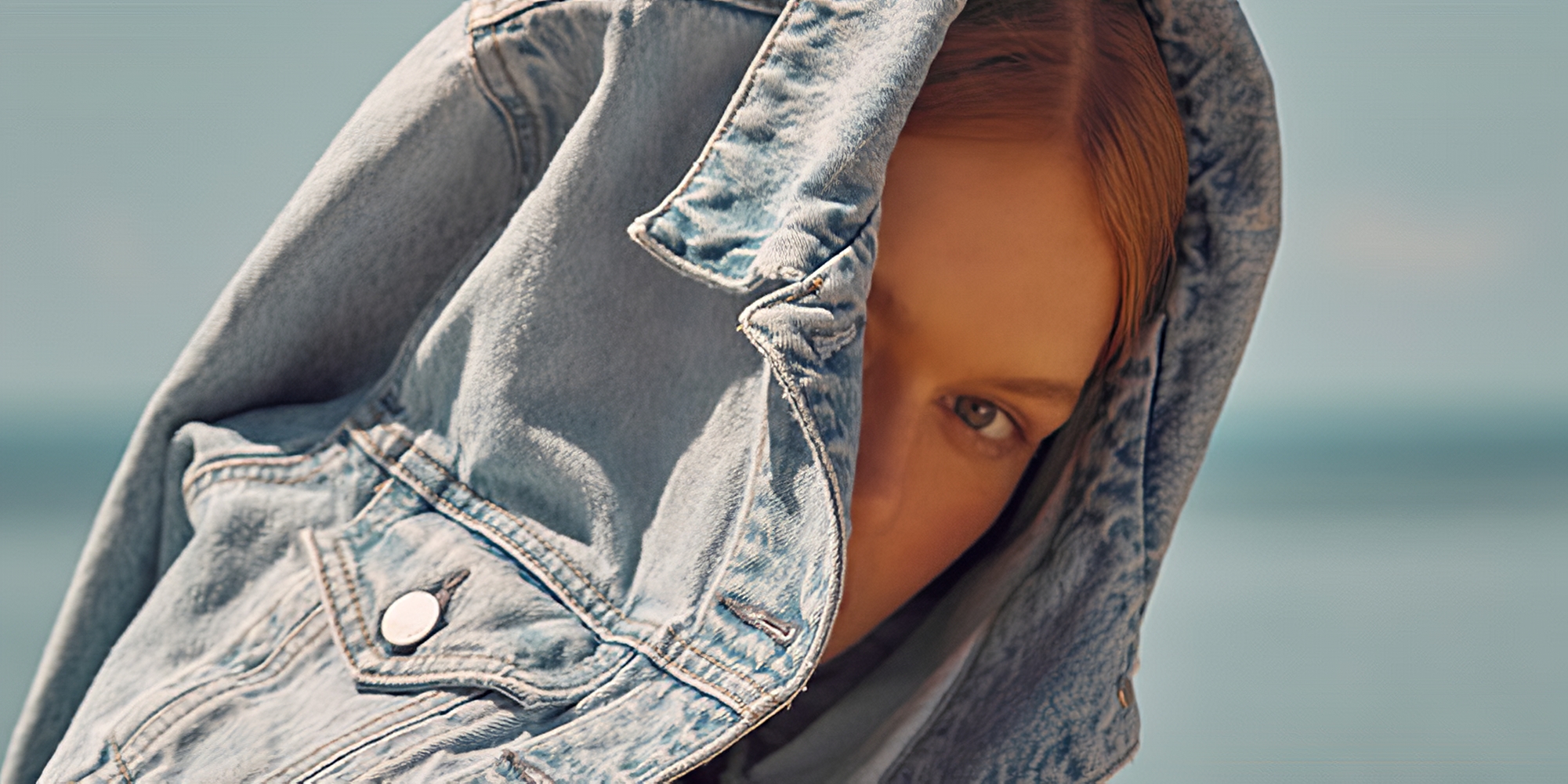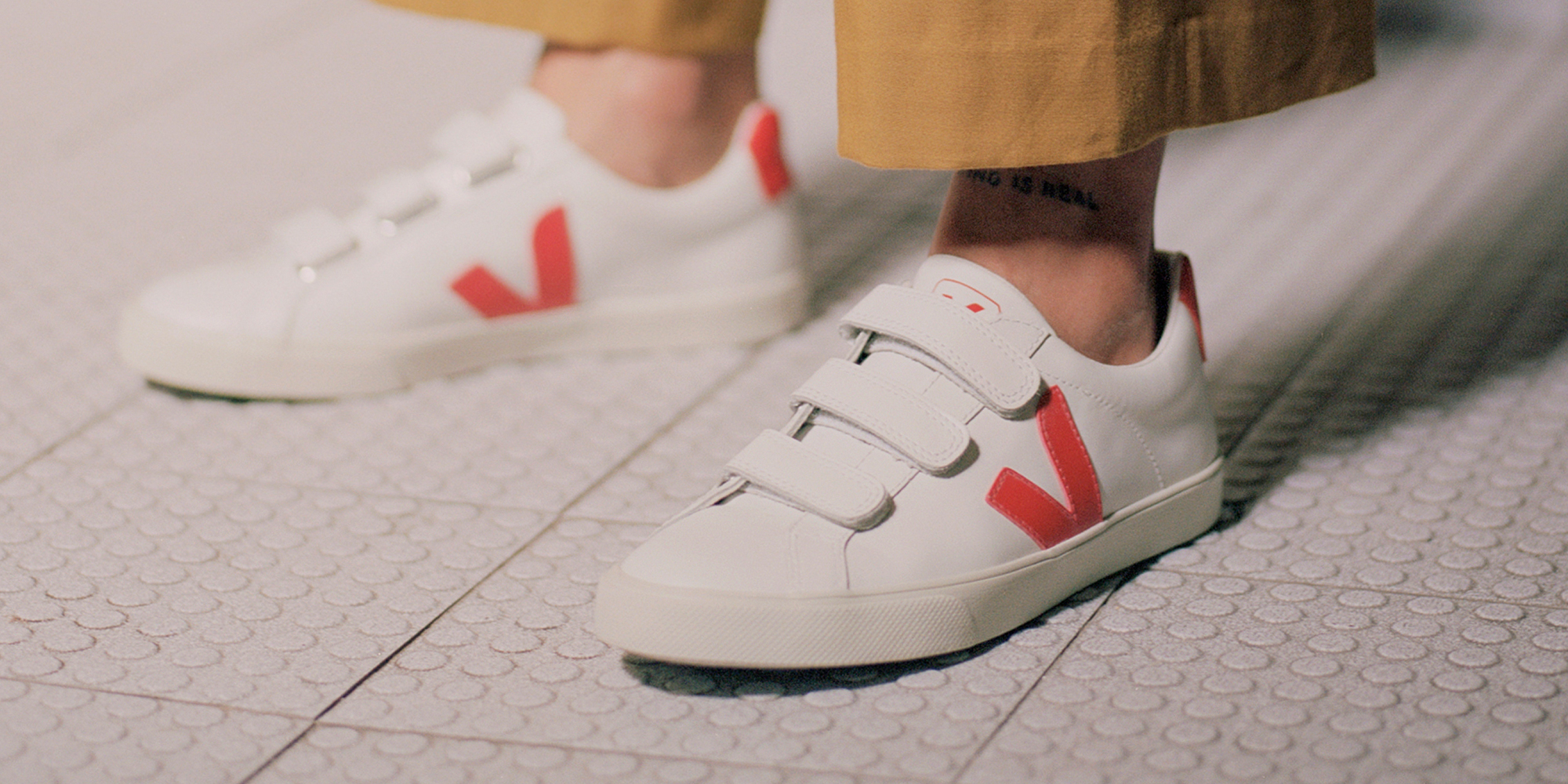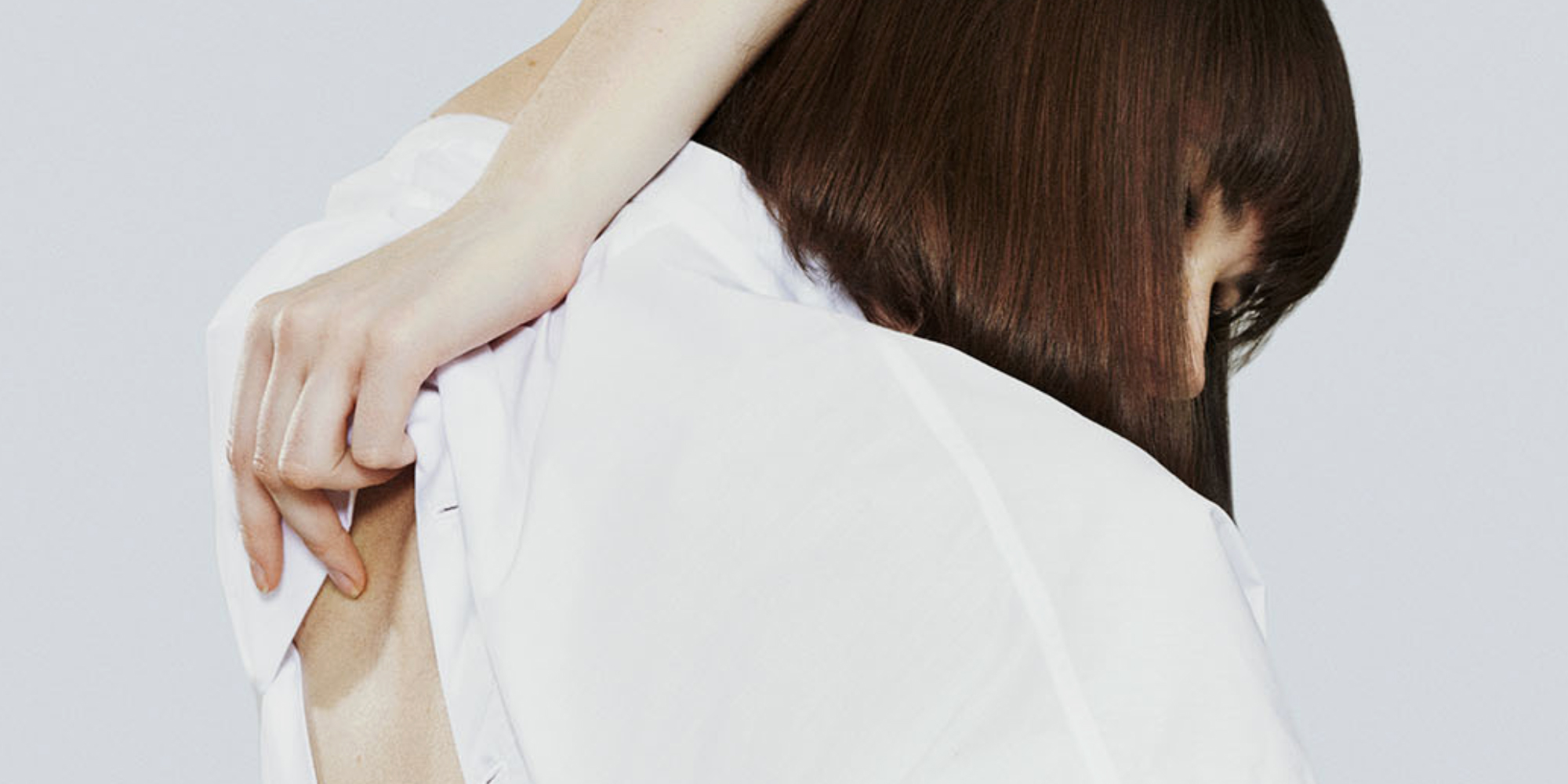Our editors curate highly rated brands that are first assessed by our rigorous ratings system. Buying through our links may earn us a commission—supporting the work we do. Learn more.
Fast fashion is a relatively new phenomenon that causes extensive damage to the planet, exploits workers, and harms animals. Here’s an explainer on what fast fashion is and why it’s best avoided if you can.
A tragic reality check for fashion
The fashion industry wasn’t always as destructive as it is today. Clothes shopping used to be an occasional event—something that happened a few times a year when the seasons changed or when people outgrew what they already owned. But things began to change in the 1980s. Clothes became cheaper, trend cycles started speeding up, and shopping became a regular hobby for many. Enter fast fashion and the global chains that now dominate our high streets and online shopping. By the 2000s, fast fashion was in full swing. But what is fast fashion? Why is fast fashion so bad? And how exactly does it impact people, the planet, and animals?
It was all too good to be true in the oughts. All these stores selling cool, trendy clothing that well-off people could buy without a second thought, wear a handful of times, and then throw away. Suddenly brands were promising that almost everyone could afford to dress like their favourite celebrity and wear the latest trends fresh from the catwalk.
But, of course, someone was paying the price, and in 2013, much of the world had a reality check when the Rana Plaza clothing manufacturing complex in Bangladesh collapsed, killing over 1,000 workers. That’s when many consumers got to understand fast fashion and questioned the true cost of those $5 T-shirts. If you’re reading this article, you might already be aware of fast fashion’s dark side, but it’s worth exploring how the industry got to this point—and how we can help to change it.
What is fast fashion?
Fast fashion is defined as cheap, trendy clothing that samples ideas from the catwalk or celebrity culture and turns them into garments at breakneck speed to meet consumer demand. The idea is to get the newest styles on the market as fast as possible, so shoppers can snap them up while they are still at the height of their popularity and then, sadly, discard them after a few wears. It plays into the idea that outfit repeating is a fashion faux pas and that if you want to stay relevant, you have to sport the latest looks as they happen. It forms a key part of the toxic system of overproduction and consumption that has made fashion one of the world’s largest polluters. Before we can go about changing it, let’s take a look at the history.
Fast fashion plays into the idea that outfit repeating is a fashion faux pas and that if you want to stay relevant, you have to sport the latest looks as they happen.
How did fast fashion happen?
To understand how fast fashion came to be we need to rewind a bit because before the 1800s, fashion was slow. People had to source their own materials like wool or leather, prepare them, weave them, and then make the clothes.
But when the Industrial Revolution introduced new technology like the sewing machine, clothes became easier, quicker, and cheaper to make. Dressmaking shops emerged to cater to the middle classes.
Many of these dressmaking shops used teams of garment workers or home workers. Around this time, sweatshops emerged, along with some familiar safety issues. The first significant garment factory disaster was when a fire broke out in New York’s Triangle Shirtwaist Factory in 1911. It claimed the lives of 146 garment workers, many of whom were young female immigrants.
By the 1960s and ’70s, people were experimenting with different styles and fashion became a form of personal expression, creating a drive for larger wardrobes. Then in the ‘80s, Zara, H&M, and a handful of other big brands sought new manufacturing models by outsourcing the sewing of garments—first locally, and then further afield as labour and real estate costs increased, and especially when those at the helm realised how much cheaper it could be in places like Asia.
Fashion kept getting cheaper in the 1990s and 2000s as the likes of H&M, Zara, and Topshop scaled up their offshore manufacturing and became fixtures in shopping malls and high streets. These brands took the looks and design elements from the top fashion houses and reproduced them quickly and cheaply. Everyone could now shop for on-trend clothes whenever they wanted, and it’s easy to understand how this phenomenon caught on.
How to spot a fast fashion brand
Some key factors are common to fast fashion brands:
- Thousands of styles tapping into the latest trends.
- Price points consistently at the lowest end of the market compared with similar products.
- Continually running discounts through coupon codes or sales.
- Extremely short turnaround time between when a trend or garment is seen on the catwalk or in celebrity media and when it hits the shelves.
- Offshore manufacturing where labour is the cheapest, with the use of workers on low wages without adequate rights or safety.
- Complex supply chains with poor visibility beyond the first tier of manufacturing.
- A limited quantity of a particular garment—this is an idea pioneered by Zara. With new stock arriving in store every few days, shoppers know if they don’t buy something they like immediately, they’ll probably miss their chance.
- Marketing that pushes shoppers to buy quickly and often.
- Cheap, synthetic, low quality materials like polyester, that shed microfibres and will persist in the environment for hundreds of years.
Why is fast fashion bad?
Polluting our planet
Fast fashion’s impact on the planet is immense. The pressure to reduce costs and speed up production time means environmental corners are more likely to be cut. Fast fashion’s negative impact includes its use of cheap, toxic textile dyes—making the fashion industry one of the largest polluters of clean water globally, right up there with agriculture. That’s why Greenpeace has been pressuring brands to remove dangerous chemicals from their supply chains through its detoxing fashion campaigns through the years.
Fast fashion’s use and management of textiles also increase its impact. Polyester, for instance, is one of the industry’s most popular fabrics. But it is derived from fossil fuels, contributes to global warming, and can shed microfibres that add to the increasing levels of plastic in our oceans when washed or even worn. But even plant-based fabrics can be a problem at the scale fast fashion demands. Conventional cotton requires enormous quantities of water and pesticides in countries like India and China. This results in drought risks and creates extreme stress on water basins and competition for resources between companies and local communities.
The focus on trend cycles, constantly producing new styles, and encouraging people to buy more also leads to massive amounts of textile waste when clothes are inevitably discarded in favour of the newest trend—or when they fall apart due to poor quality manufacturing. According to some statistics, in Australia alone, more than 500m kilos of unwanted clothing ends up in landfill every year.
This high demand has other environmental implications, such as land clearing and declining biodiversity and soil quality to make way for material production.
Leather processing also impacts the environment through deforestation for cattle ranching, toxic chemicals from tanning, and more.
Exploiting workers
There’s a significant human cost to fast fashion, too.
Fast fashion impacts garment workers who work in dangerous environments, for low wages, and without fundamental human rights. When brands drive suppliers to produce more for lower costs—a common fast fashion practice—the impact is often passed onto garment workers through poor pay.
Further down the supply chain, the farmers may work with toxic chemicals and brutal practices that can have devastating impacts on their physical and mental health, a plight highlighted by the documentary The True Cost.
Harming animals
Animals are also impacted by fast fashion. In the wild, the toxic dyes and microfibres released in waterways are ingested by land and marine life alike through the food chain to devastating effect. And when animal-derived products such as leather, fur, and even wool are used in fashion directly, animal welfare is put at risk. As an example, numerous scandals have revealed that real fur, including cat and dog fur, has been passed off as faux fur to unknowing shoppers. The truth is that there is so much real fur being produced under terrible conditions in fur farms that it’s become cheaper to produce and buy than faux fur.
Coercing consumers
Finally, fast fashion can impact consumers themselves, encouraging a throwaway culture because of two factors: the built-in obsolescence of the products thanks to their poor quality, and the speed at which trends emerge. Fast fashion makes us believe we need to shop more to stay on top of trends, creating a constant sense of need and ultimate dissatisfaction. Fast fashion has also been criticised on intellectual property grounds, with some designers alleging that retailers have illegally mass-produced their designs.
Who are the big players?
Many retailers we know today as fast fashion’s big players, like Zara or H&M, started as smaller shops in Europe around the 1950s. Technically, H&M is the oldest of the fast fashion giants, having opened as Hennes in Sweden in 1947, expanding to London in 1976 and reaching the US in 2000.
Zara follows, which opened its first store in Northern Spain in 1975. When Zara landed in New York at the beginning of the 1990s, people first heard the term “fast fashion”. It was coined by the New York Times to describe Zara’s mission to take only 15 days for a garment to go from the design stage to landing in stores.
There are now even cheaper and faster brands like SHEIN, Missguided, Forever 21, Zaful, Boohoo, and Fashion Nova. These brands have taken overproduction and overconsumption to even greater levels in what’s called ultra fast fashion.
Other big names in fast fashion today include GAP, Primark, and Topshop. While these brands were once seen as radically cheap disruptors, there are now even cheaper and faster alternatives like SHEIN, Missguided, Forever 21, Zaful, Boohoo, and Fashion Nova. These brands have taken overproduction and overconsumption to even greater levels in what’s called ultra fast fashion—and this recent phenomenon is as bad as it sounds.
Is fast fashion going green? Think again
As an increasing number of consumers call out the true cost of the fashion industry—and especially fast fashion—we’ve seen a growing number of retailers introduce so-called sustainable and ethical fashion initiatives such as in-store recycling schemes. These schemes allow customers to drop off unwanted items in the brands’ stores. But it’s been highlighted that only 0.1% of all clothing collected by charities and take-back programs is recycled into new textile fibre.
The underlying issue with fast fashion is the speed at which it is produced, putting massive pressure on people and the environment. Recycling and small-scale eco or vegan clothing ranges from fast fashion brands are not enough to counter the throwaway culture, the waste, the strain on natural resources, and the myriad of other issues created by fast fashion. These measures are often used as greenwashing to make consumers think their effectiveness is much greater than it really is.
And while a handful of the biggest fast fashion brands are now taking some meaningful action to address their impacts, the reality is that they will never be truly sustainable while still operating a fast fashion business model. The whole system needs to be changed.
Will fast fashion ever go out of style?
We are starting to see some changes in the fashion industry. The anniversary of the Rana Plaza collapse is now Fashion Revolution Week, where people all over the world ask questions like, “Who made my clothes?” and “What’s in my clothes?”.
There is also a growing interest in moving towards a more circular fashion model, reusing materials wherever and whenever possible.
Pinning the hopes of a better future on each generation that emerges is nothing new—and it’s our collective responsibility to acknowledge that waiting for future generations to solve today's problems is not the answer.
Younger people today are increasingly conscious of the climate emergency and many are taking action accordingly. However, there’s a gap between intention and reality. Millennials and Gen Z are the main drivers of the fast fashion economy today. Ultra fast fashion brands like SHEIN are selling more than ever, and young shoppers are still their target market.
Some analysts think up-and-coming generation Alpha could finally create a new status quo for fashion in light of the climate crisis: “The signals are that Alphas are taking the expectations and behaviours of previous generations even further,” says Dr. Gordon Fletcher of Salford Business School. “They are the generation to ‘do’ something rather than just ‘talk’ about it.”
But similar things were said of Gen Y and Z before them.
Pinning the hopes of a better future on each generation that emerges is nothing new—and it’s our collective responsibility to acknowledge that waiting for future generations to solve today’s problems is not the answer.
Of course, the onus doesn’t lie solely with shoppers. In fact, in recent years there has been a push towards government and industry regulations that would call for fast fashion brands to change their ways or face fines and persecution. Governments the world over are tabling—and passing—policies to hold brands responsible for where their garments end up, and to make clothes easier to reuse, repair and recycle.
In light of a looming climate catastrophe, industries like fashion that are responsible for such alarming amounts of waste and carbon emissions must be regulated if we are to limit global warming to 1.5°C by the end of this century as outlined by The Paris Agreement in 2015. While these regulations are emerging and still don’t go far enough, critics say, it’s a step in the right direction.
What can we do?
Shift our consumption habits
This quote by British designer Vivienne Westwood says it best: “Buy less, choose well, make it last.”
Buying less is the first step—try to fall back in love with the clothes you already own by styling them differently or even “flipping” them, or taking them along to a clothes swap with friends so you each get pieces that new to you. Creating a capsule wardrobe is also worth considering on your ethical fashion journey, or even renting outfits for special events so you’re not buying something new to wear once.
Choose well is the second step, and selecting high quality garments made from lower impact materials is essential here. There are pros and cons to all fibre types, as explained in our ultimate guide to clothing materials, but there is a helpful chart at the top to refer to when purchasing. Choosing well could also mean committing to shopping your closet first, only shopping second-hand, or supporting more sustainable brands like those below.
Finally, we should make it last and look after our clothes by following the care instructions, wearing them until they are worn out, mending them wherever possible, then responsibly recycling or disposing of them at the very end of their life.
Get educated on the big issues
Learning about the issues with fast fashion and how moving towards more sustainable fashion can make a real difference is key in any consumer’s journey. Here are some resources to get you started:
- A Beginner’s Guide to More Sustainable Fashion
- How to Encourage Your Friends to Shop More Ethically and Sustainably
- Happy Listening: the Best Ethical Fashion Podcasts
- Must-Read Sustainable and Ethical Fashion Books
- Sustainable Fashion Documentaries You’ll Be Glad You Watched
Learn about fast fashion’s responsible alternative: slow fashion
Here are some of our favourite brands giving fast fashion the flick and embodying a slow, circular, more sustainable way of wearing:


